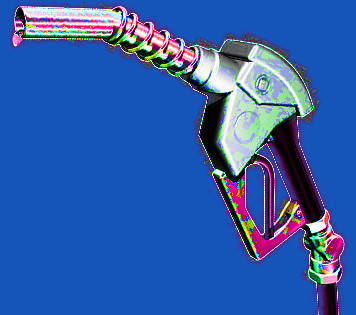Japan receives our first green hydro
 Experts are celebrating the first production and export of “green hydrogen” from Australia to Japan.
Experts are celebrating the first production and export of “green hydrogen” from Australia to Japan.
The landmark shipment is a proof of concept test using a proprietary technology owned by JXTG, Japan’s largest petroleum conglomerate, and QUT’s solar power facilities at Redlands, south of Brisbane.
Japanese researchers used QUT’s Concentrated Photovoltaic (CPV) at a pilot plant that is being built to extract hydrogen from treated non-drinking water, such as seawater.
Japan recently announced massive national renewable energy targets and has a strong focus on hydrogen as a fuel.
Australia’s chief scientist Alan Finkel recently presented state and federal energy ministers with a proposal for a national hydrogen strategy, saying Australia could build an export industry worth $1.7 billion with employment for 2,800 people by 2030.
Professor Ian Mackinnon, from QUT’s Institute for Future Environments, said Queensland had an unparalleled opportunity to establish a viable and sustainable export economy for hydrogen as renewable energy.
“Natural resources, such as high solar irradiation, large tracts of land, accessible seawaters and brines, an extensive coastline, and diverse biomass, are abundant and key requirements for a globally competitive industry in green hydrogen,” Professor Mackinnon said.
“More importantly, Queensland has quality infrastructure such as export-oriented ports, pipelines and transport facilities to enable reliable delivery of hydrogen – in a range of formats – to overseas customers.”
The global market for hydrogen is forecast to grow to a trillion dollar economy by 2050.
One of the major drivers for the market is expected to be hydrogen-powered fuel cell electric vehicles in densely populated areas such as Korea, Japan, China along with Europe and the United States.
Hydrogen is a very efficient fuel, producing up to three times more energy than diesel.
Hydrogen can be used in fuel cells in vehicles or to power gas turbine generators to produce electricity, and is one of a few potential near-zero emission energy carriers.
When it is used in a fuel cell, for example in vehicles, the exhaust produced is water.
Green hydrogen is produced using renewable energy from a range of natural materials such as water or biomass.
In this first proof of concept project, the green hydrogen was created by adding water and acid to a chemical called toluene in an electrochemical process using solar energy.
The toluene was converted into a substance called methyl cyclohexane (MCH) using JXTG’s process powered by QUT’s solar arrays. MCH looks like and feels like oil, which means it can be shipped using conventional road tankers, pipelines and super tankers.
Once shipped to Japan, the MCH was converted back to toluene and the hydrogen extracted for use in a suitable fuel cell or vehicle. The toluene is then available for re-use in the transportation cycle.







 Print
Print